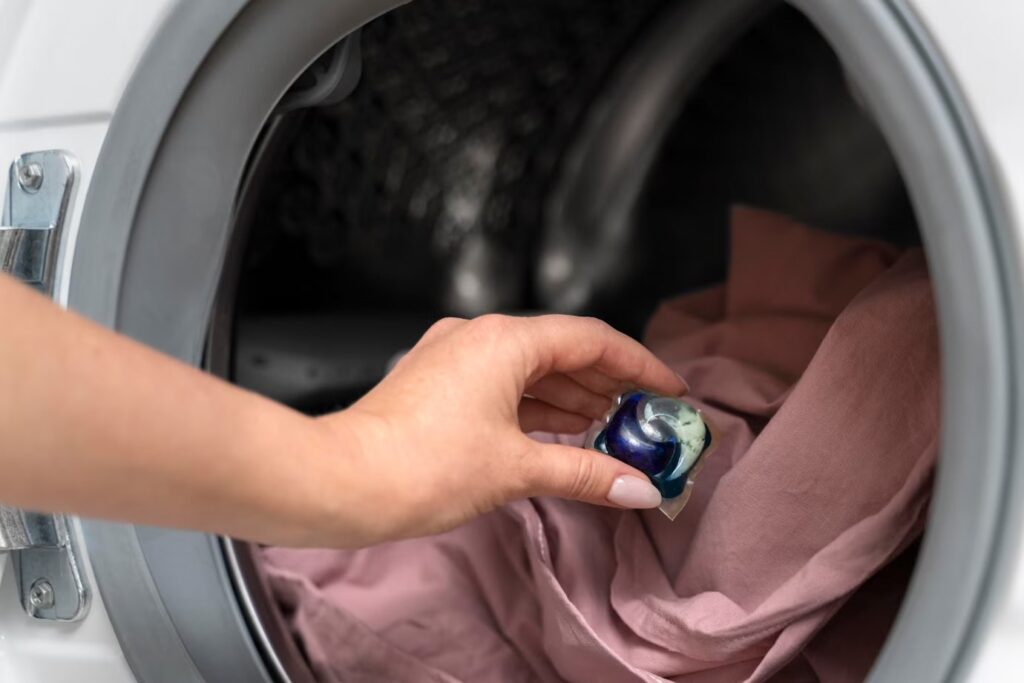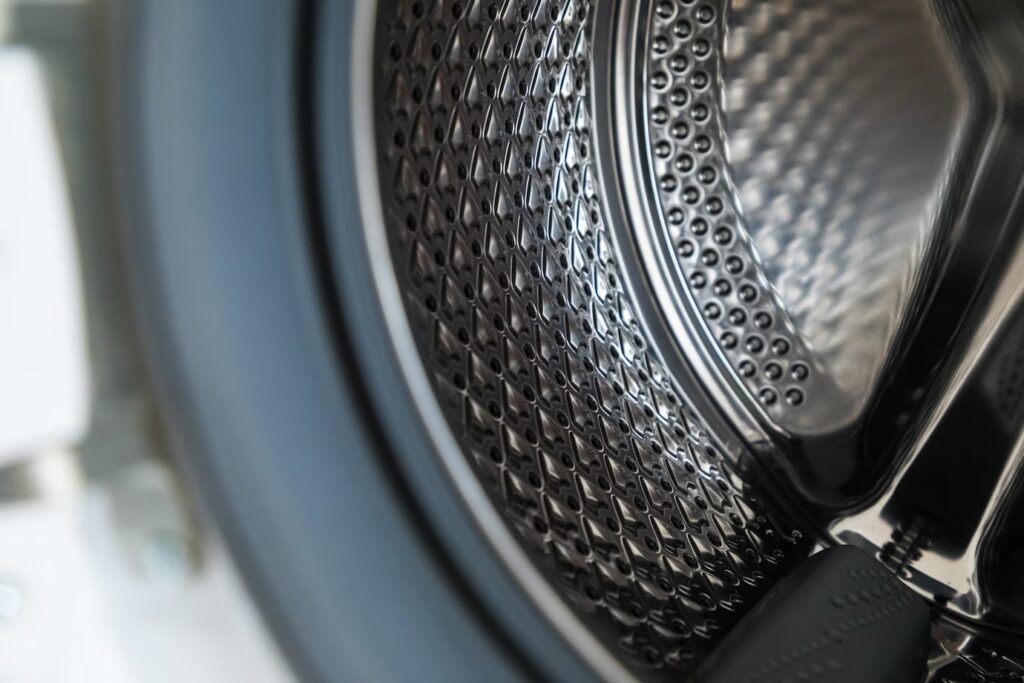- Free Estimates

Before we discuss how to unclog your washer drain, it’s important to recognize the signs of a clogged drain. The following are common indicators of a clogged washer drain:
If you notice any of these signs, it’s time to take action to unclog your washer drain.
There are several reasons why your washer drain may become clogged. Here are some of the most common causes:
Prevention is the best way to avoid a clogged washer drain. Here are some tips to help you keep your washer drain clean:

If your washer drain is already clogged, don’t worry. Here’s how to unclog it:
Once you’ve unclogged your washer drain, cleaning and maintaining it regularly is essential to prevent future clogs. Here’s how:
While cleaning your washer drain regularly, you should avoid some common mistakes to prevent further damage to your washer or plumbing system. Here are some mistakes to avoid:
By avoiding these common mistakes, you can keep your washer drain clean and clog-free while preventing further damage to your plumbing system.

When it comes to drain cleaning, you may be wondering whether to tackle the job yourself or hire a professional drain cleaning service. Here are some factors to consider:
Ultimately, the choice between DIY and professional drain cleaning depends on the severity of the clog and your comfort level with performing the task. If the clog is severe or you are unsure how to unclog your drain, it’s best to hire a professional drain cleaning service. On the other hand, if the clog is minor and you feel confident in your abilities, you can try to clean the drain yourself.
If you are in Staten Island, NY, and need professional drain cleaning services, finding the right company for the job is essential. Here are some tips on how to find the best drain cleaners in Staten Island, NY:
Following these tips, you can find a reliable and trustworthy drain cleaning service in Staten Island, NY, to help keep your home’s washer drain and other drains clean and clog-free.
A clogged washer drain can be frustrating and lead to unpleasant odors and water backups. However, you can maintain a clog-free washer drain with the right tips and tricks. Remember to clean and maintain your washer drain regularly to prevent future clogs.
If you are looking for drain cleaners in Staten Island, NY, consider contacting Drain Cleaning Pros Staten Island. They have years of experience in drain cleaning and use the latest technology to provide efficient and effective solutions to clogged drains. Don’t let a clogged washer drain ruin your day. Follow our guide to keep your washer drain clean and clog-free.
Copyright © 2023 Drain Cleaning Expert Staten Island